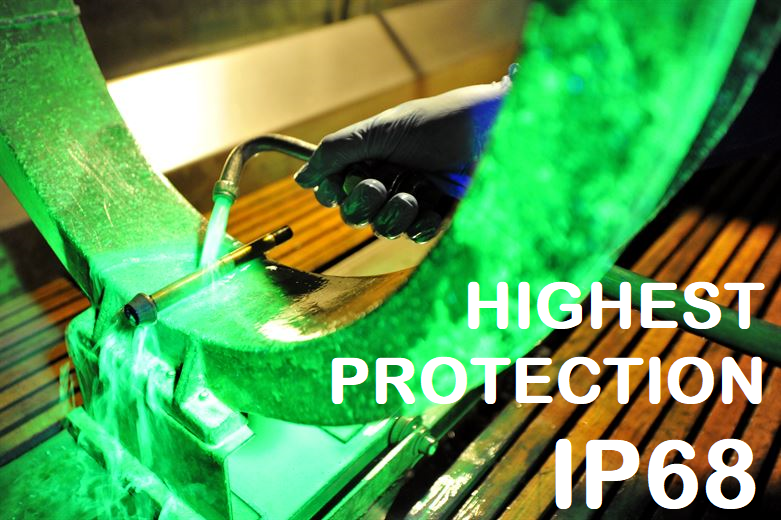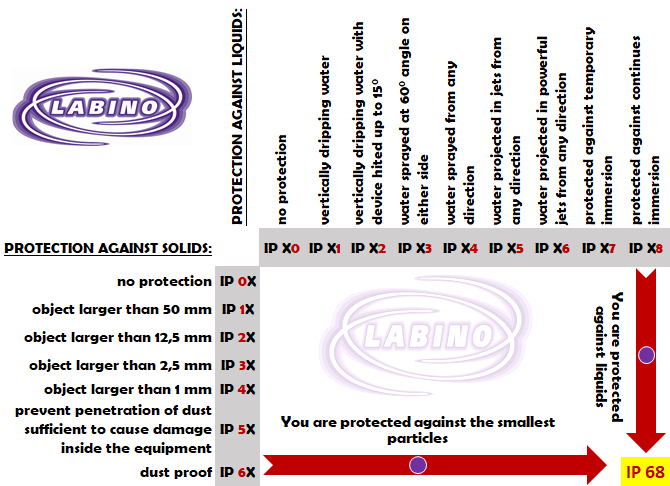How having a high IP class can prolong the life of a UV light used in nondestructive testing (NDT)?
Blog | 08.10.20
Ultraviolet lights (UV) are used in non destructive testing to detect flaws and defects in objects and materials that would otherwise be invisible to the naked eye. Because of the critical nature of NDT, ultraviolet lights used in this application need to be robust and reliable, with limited disruptions.
The IEC 60529 standard refers to an Ingress Protection (IP) Code. This code classifies and rates the degree of protection provided by mechanical casings and electrical enclosures against intrusion, dust, accidental contact, and water. It is published by the International Electrotechnical Commission (IEC). The equivalent European standard is EN 60529. The standard aims to provide users more detailed information over vague generic terms.
In simple terms, tests are made on a unit to determine how resistant it is to solids and liquids. Solids and liquids can cause damage to a unit, if a unit is not properly protected for the purpose it was designed for. Shortcuts are the most common form of damage.
By having the highest IP class possible, IP68, you ensure that your UV light is fully protected, in an environment where pressurized jets or immersion as in the picture below are common. Labino UV products that have the highest possible IP class, IP68, are as follows: GX ORION STATIONERY UV-A, BB 2.0 SERIES HANDHELD UV-A, MB 2.0 SERIES HANDHELD UV-A, and UVG3 2.0 UV-A FLASHLIGHT.
Having said that, in a harsh environment, such as nondetsructive testing (NDT), where penetrant chemicals are flushing left and right, does an IP class alone secure that chemicals will not penetrate your UV light? The answer is: ABSOLUTELY NOT.


